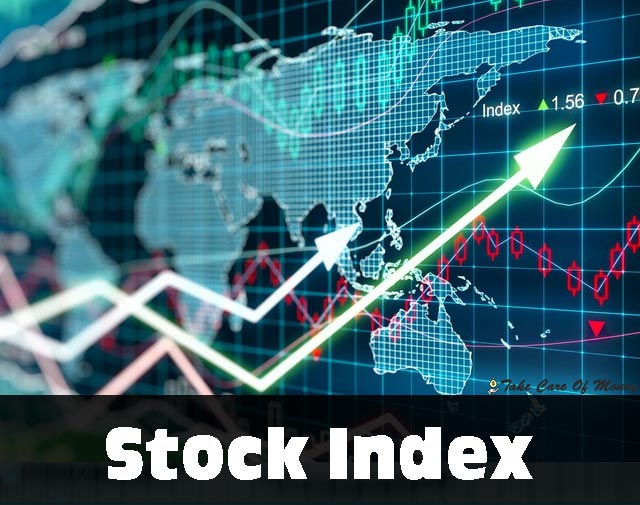Table of Contents
A stock index is a benchmark index that is formed with a set of securities listed on a stock exchange.
Indices are created with baskets of individual, listed securities, which are called “constituent stocks of the index.” It is very useful to be able to analyze the price variations of several companies at a glance.
A stock index is a numerical value, which is calculated according to the market prices of each of the securities that make up that index at a given time. The profitability of an index is the variation of its value from one period to another.
It is used to represent the evolution of companies in a country, a certain sector of the economy or a type of financial asset. The stock indices that bring together the main companies in a country are an excellent indicator of the economy.
Functions of stock indices
Stock indices can be used for many purposes, the main ones are:
- They reflect market sentiment.
- They serve as a benchmark or benchmark against which to measure the performance of an asset manager. They allow comparing the profitability and risk (measured by the standard deviation or the sharpe ratio for example) that this manager has obtained with that of its benchmark index. It is worth mentioning that if the manager has two or more references in its investment universe (for example, it has 50% of its securities in the United States and the other 50% in Europe, this benchmark will be 50% of the value of the stock index that corresponds to each country).
- Measure the profitability and risk of a market.
- Measure the beta of a financial asset.
- Create portfolios that mimic the behavior of the index, known as index portfolios.
- They are the basis of some investment vehicles (such as ETFs, or financial derivatives ).
How is a stock index built?
The main ways to build a stock index are:
- Weighted price index: It is simply the arithmetic mean of the price of the securities that make up the index.
Its advantage is that it is very easy to calculate, but the big problem is that the stocks with the highest prices will have more influence on the value of the index, regardless of their real influence on the economy. Two important indices that use the weighted price method are the Dow Jones Industrial Average (DJIA) and the Nikkei Dow Jones Average.
- Weighted capitalization index: It is built according to the market capitalization of each of the securities that make up the index.
This type of index is the one that most faithfully represents the reality of what you want to measure. Most of the world’s stock indices use this method of calculation. For example, the S&P 500 and the IBEX 35.
- Equally weighted indices: It is calculated as the arithmetic mean of the profitability of each of the values that make up the index.
It is not a widely used method, since it is necessary to continually make adjustments and securities with less market capitalization have more influence. Two examples of indices that use this method are the FT 30 and the Value Line Composite Average.
Origin of stock indices
Stock indices began to be used in the late 19th century, thanks to Charles H. Dow. This American journalist was a great observer of the stock market and after observing that the shares of most companies went down or up together in prices, he decided to express the trend or level of the stock market in terms of the average price of a few shares representative. Since the most representative companies were the railway companies in his time, he made two indexes, one with the 20 most important railway companies and the other with 12 shares of other types of businesses.
Currently there are hundreds of indexes. The most important ones do not represent all the companies in an economy, not even all the ones that are listed, but are made up of those that are the most significant (in general, the largest). Therefore, when journalists talk about the stock rising or falling, they are relying on a stock index. This is because a stock index is a very good economic indicator.
For example, when it is said that the Spanish stock market falls a certain percentage, they usually refer to the fact that the Spanish stock market index is falling, that is, the IBEX 35, formed by the 35 largest Spanish companies.
